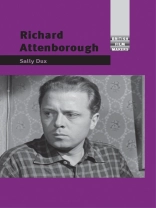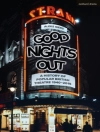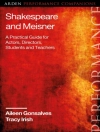Richard Attenborough’s film career has stretched across seven decades; surprisingly, Sally Dux’s book is the first detailed scholarly analysis of his work as a filmmaker. Concentrating on his work behind the camera, she explores his initial role as a producer, including his partnerships with Bryan Forbes in Beaver Films (1959–64) and with Allied Film Makers (1960–64). As we know, Attenborough went on to direct twelve films, many of which achieved great acclaim, most notably Gandhi, which won eight Academy Awards in 1982
Attenborough is most renowned for his biographical films including Young Winston, Cry Freedom, Chaplin and Shadowlands, which helped to establish the genre within British cinema. Although his work has often attracted controversy, particularly regarding the representation of individuals and historical events, his films are noted for extracting acclaimed performances from unknown actors such as Ben Kingsley (Gandhi), while maintaining his moral and thematic concerns.
Table of Content
Introduction
1. On Screen – Attenborough as Actor
2. Attenborough as Producer: Beaver Films and Allied Film Makers
3. New Directions: Oh! What a Lovely War (1969)
4. Anglo-American Alliances: Young Winston (1972), A Bridge Too Far (1977) and Magic (1978)
5. Race, Nation and Conflict: Gandhi (1982), A Chorus Line (1985) and Cry Freedom (1987)
6. Public and Private Identities: Chaplin (1992) and Grey Owl (1999)
7. Brief Encounters: Shadowlands (1993), In Love and War (1996) and Closing the Ring (2007)
Conclusion
Filmography
Bibliography
Index
About the author
Neil Sinyard is Professor of Film Studies at the University of Hull












